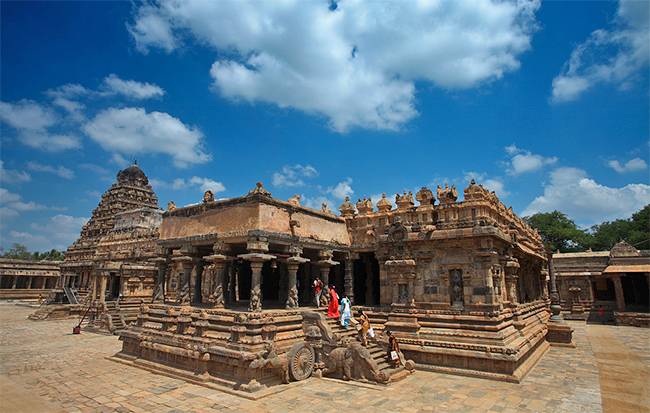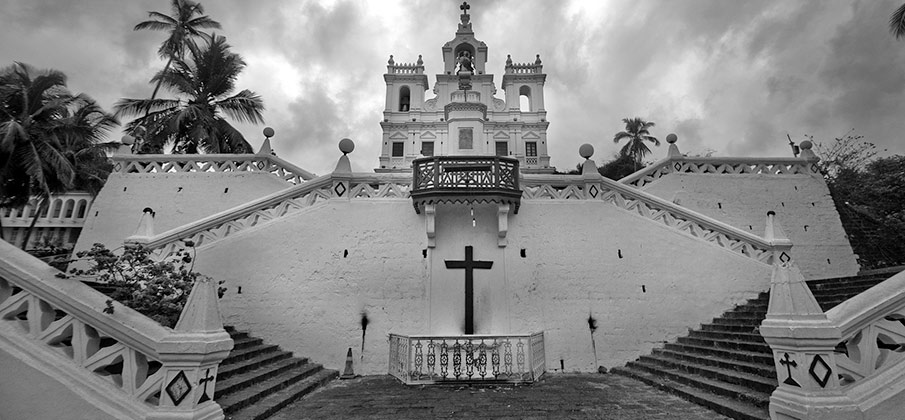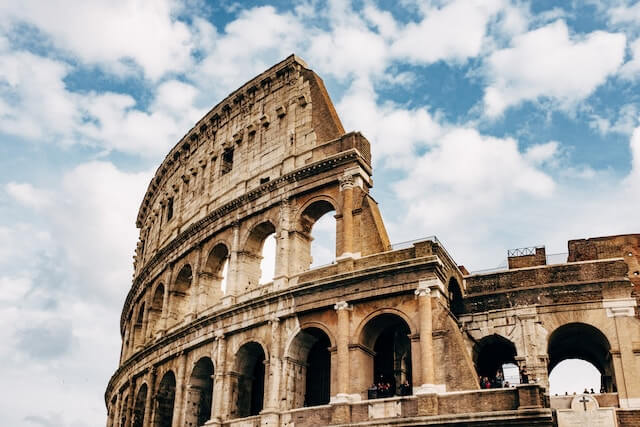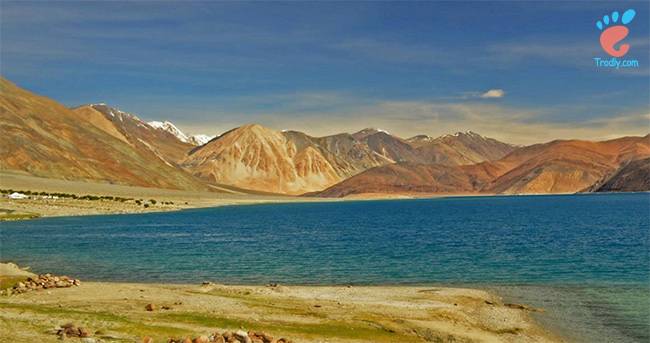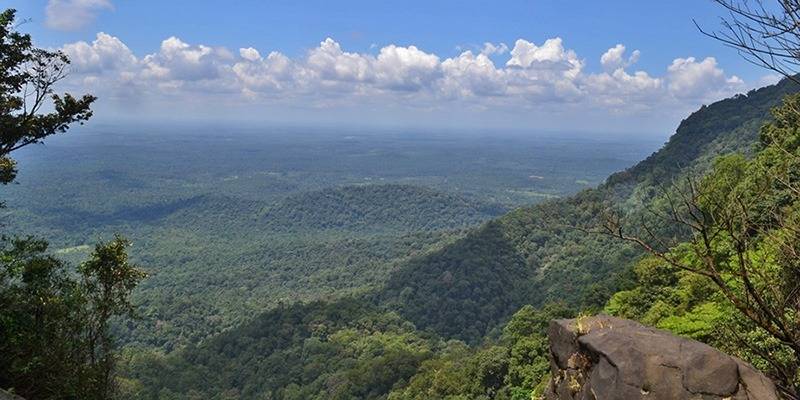The various world heritage monuments of India reflects a collective heritage of the past. Continuing on our earlier post, this is the part 2 of 25 Incredibly Beautiful World Heritage Sites in India. In case you’ve not read part one, it is here.
14) Great Living Chola Temples, Thanjavur
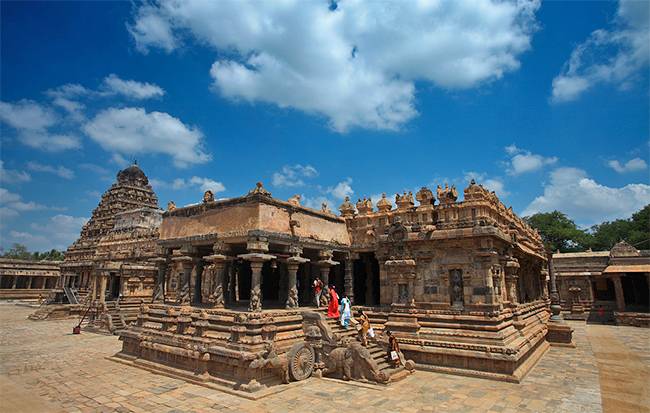
Source: www.flickr.com/photos/vinothchandar/7165811021
Built by the kings of the Chola Empire, these temples are spread across the state of Tamil Nadu. The three great temples dating back to the 11th and the 12th century and the wonderful architecture, sculptures, paintings and the bronze casting are a testimony to the brilliant achievements of the Chola Dynasty.
15) Agra Fort
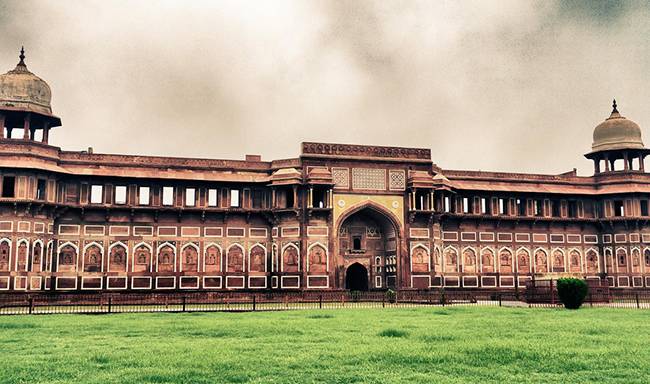
Source: www.flickr.com/photos/gaganmoorthy/6168423300
Agra Fort, or the Red Fort of Agra, built in sandstone on the bank of river Yamuna, is also the sister monument of the famous Taj Mahal is an interesting mix of Hindu and Islamic architechture.
16) Group of Temples, Pattadakal
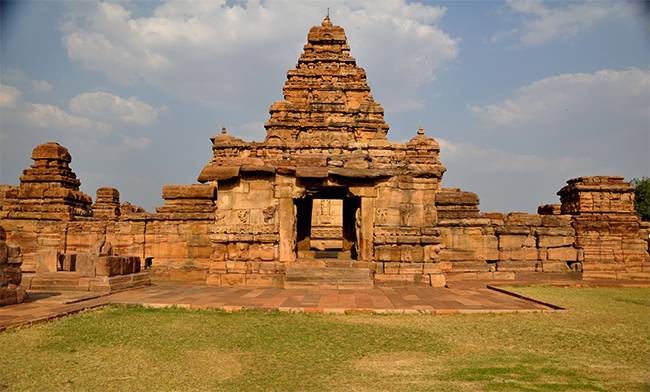
Source: www.flickr.com/photos/arawatclicks/8943505659
These series of nine Hindu temples at Pattadakal and a Jain sanctuary, were built by Queen Lokamahadevi to commemorate King Vikramaditya II, her husband’s victory over the Pallava kings and are an interesting mix of northern and southern architectural styles.
17) Temples of Love, Khajuraho
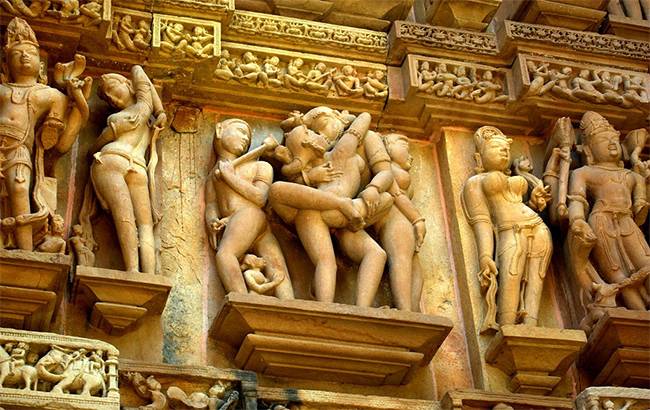
Source: www.flickr.com/photos/transmarta/8083461893
Located in Madhya Pradesh, the Khajuraho Group of Monuments are a fine example of Jain and Hindu architecture representing the Chandela period of the 10th century. Of the original 85 monuments, only 22 temples have survived.
18) Ruins and Temples of Hampi
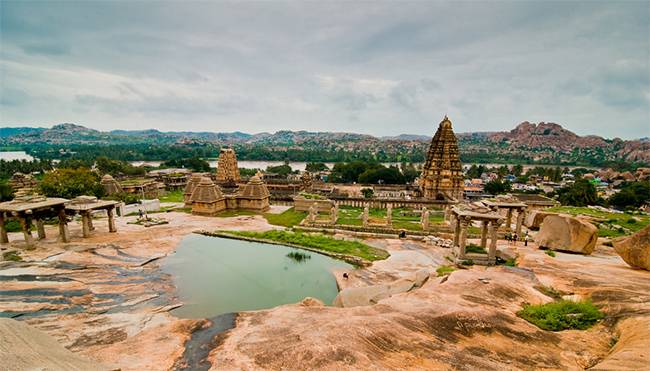
Source: www.flickr.com/photos/damienroue/4050144295
Situated on the bank of the river Tungabhadra, in Karnataka, Hampi includes the ruins of the Vijayanagara which was the former capital of the Vijayanagara Empire. The temples and palaces in and around Hampi are the Dravidian architectural wonders.
19) Churches and Convents of Goa
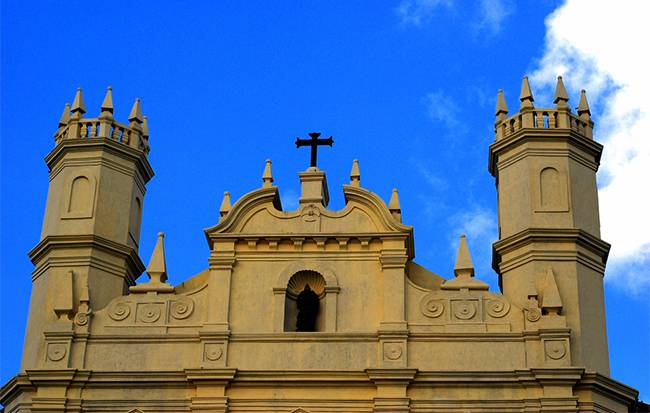
Source: www.flickr.com/photos/jackol/878365370
Built by the Portuguese colonial rules of Goa between 16th and the 19th centuries, these monuments of Goa are also known as the “Rome of the Orient”. The city was built by the Bijapur Sultanate in the 15th century and served as capital of Portuguese India from 16th century, where the Portuguese traded across continents, until its abandonment in the 18th century due to a plague.
20) Fatehpur Sikri, Agra
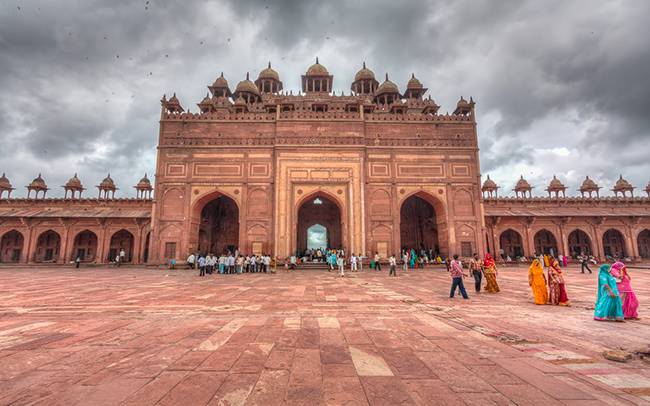
Source: www.flickr.com/photos/warl0rd/8791372510
Fatehpur Sikri or “the City of Victory” was built by the Mughal Emperor Akbar in the second half of the 16th century and was the capital of the Empire and seat of the grand Mughal court for 14 years.
21) Temples of Mahabalipuram
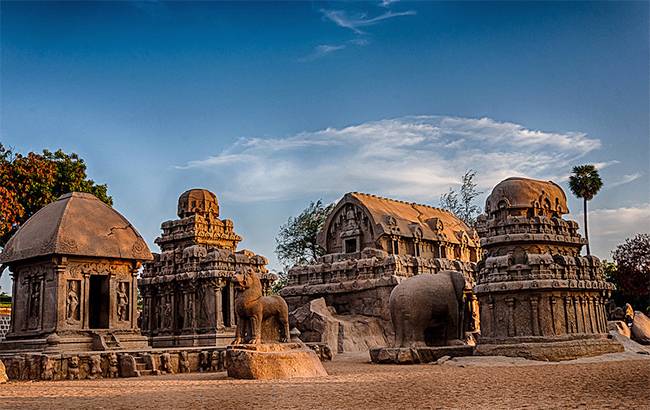
Source: www.flickr.com/photos/criatvt/14542545462
Situated about 60 km from Chennai, these monuments at Mahabalipuram or Mamallapuram were built by the Pallava kings in the 7th and the 8th centuries and were carved out of the rock along the Coromandel coast. The temple complex houses approximately forty monuments including the largest open air bas-relief in the world.
22) Sun Temple, Konârak
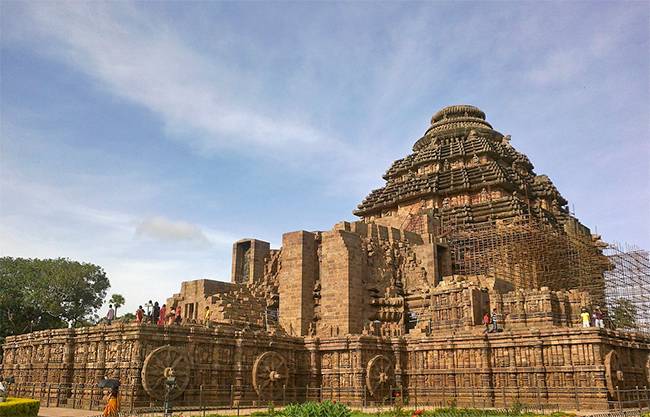
Source: www.flickr.com/photos/designadda/6071927365
The Sun Temple at Konark is a 13th century temple located in Orissa and it is built in the form of a chariot of Surya, the sun god with 24 wheels and led by a team of 6 horses. Constructed by King Narsimhadeva I of the Eastern Ganga Dynasty, this is one of the most renowned temples in India.
23) Ajanta Caves
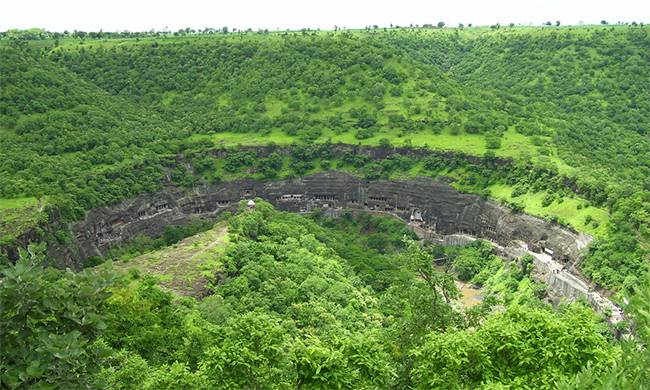
Source: www.flickr.com/photos/freakyyash/3248349930
Buddhist caves built in Maharashtra, dating as far as 2nd century BC, include paintings and sculptures which are one of the finest examples of Indian art. These art pieces include Buddhist religious art, which mostly depict the Jataka tales.
24) Ellora Caves
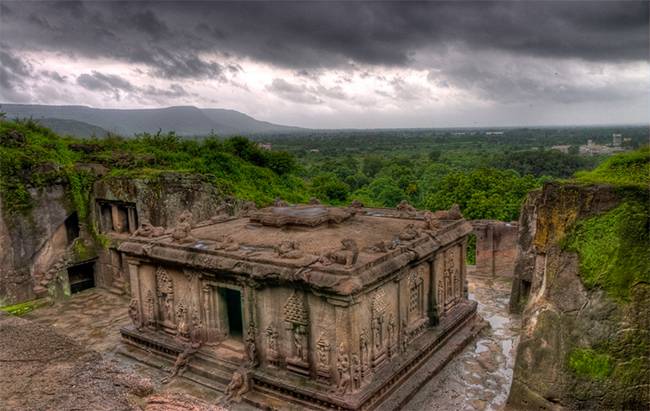
Source: www.flickr.com/photos/ryryindo/6093700150
The Ellora Complex of 34 monasteries and temples sculpted contiguously into rock walls of a high basalt cliff is a cultural mix of various religious arts including Buddhism, Hinduism and Jainism depicting artistic creation of the ancient civilization of India.
25) The Taj Mahal
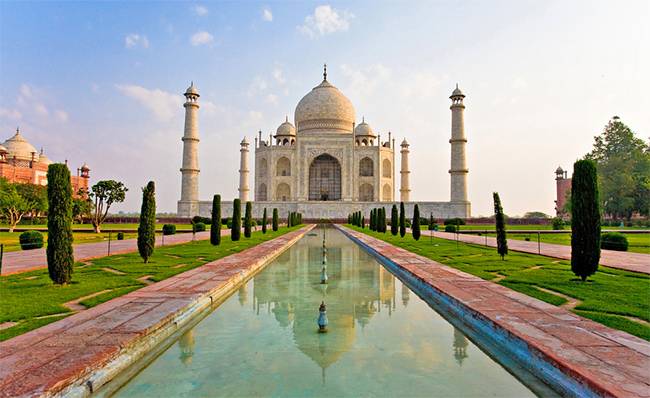
Source: www.flickr.com/photos/nothing3/2678784005
One of the Seven Wonders of the World, the Taj Mahal is a mausoleum, a funerary mosque built by the Mughal Emperor Shahjahan in memory of his third wife Begum Mumtaz Mahal, who died in 1631. The magnificent white marble structure derives inspiration from Persian, Islamic and Indian architectural styles.
This post was published on Trodly travel blog.
Featured image by Trey Ratcliff
Read the 1st post of the series here:
25 Incredibly Beautiful World Heritage Sites in India – Part 1
Last Updated on November 12, 2018 by Rohan
Contents [hide]
- How I Became A Weekend Warrior? An Explorati Story
- Honeymoon in Goa: 7 Reasons Why its Perfect Winter Honeymoon Destination
- 21 Best Treks around Mumbai and Pune
- Top 10 Places for Family Beach Vacation in India
- Trodly AMA #2: Live Q&A Session with Nepal Trekking Expert
- Pushkar Camel Fair: The Complete Guide to Pushkar Mela
- 10 Museums in India You Must Visit
- Travel Etiquettes: Rules That Every Traveler Should Keep in Mind

